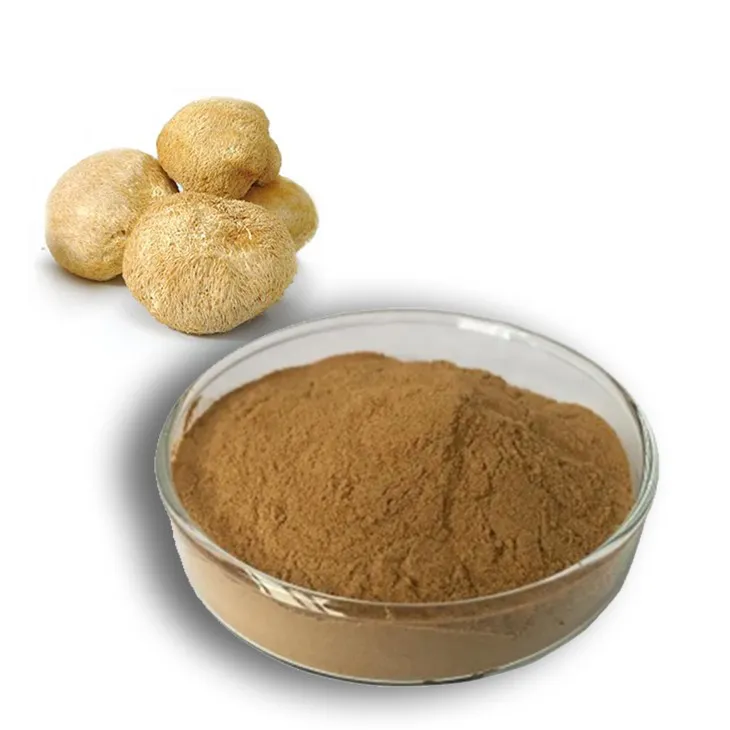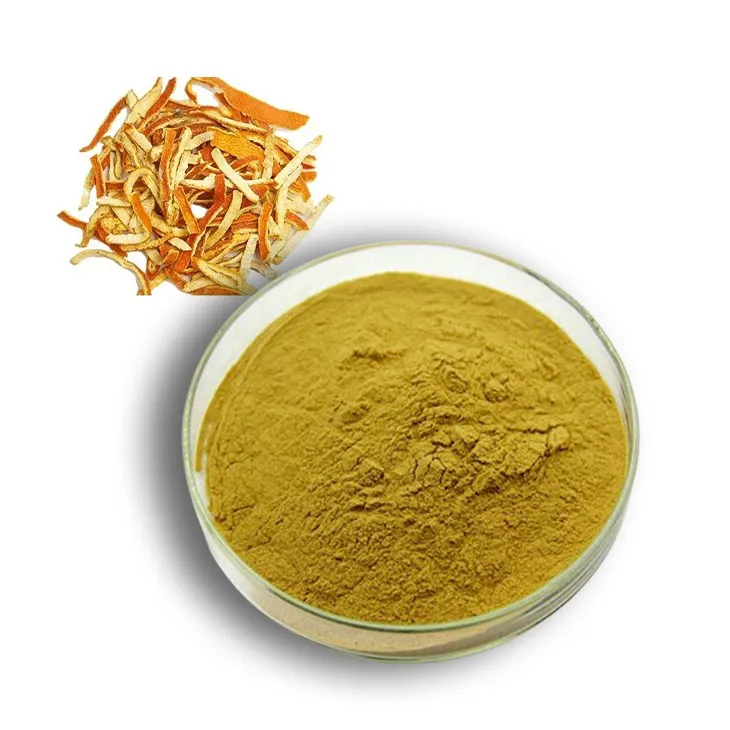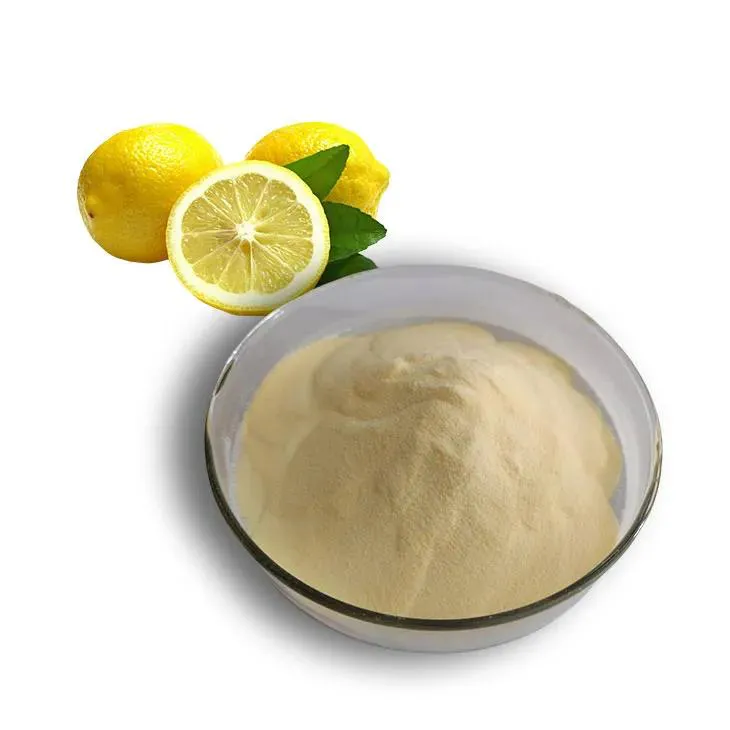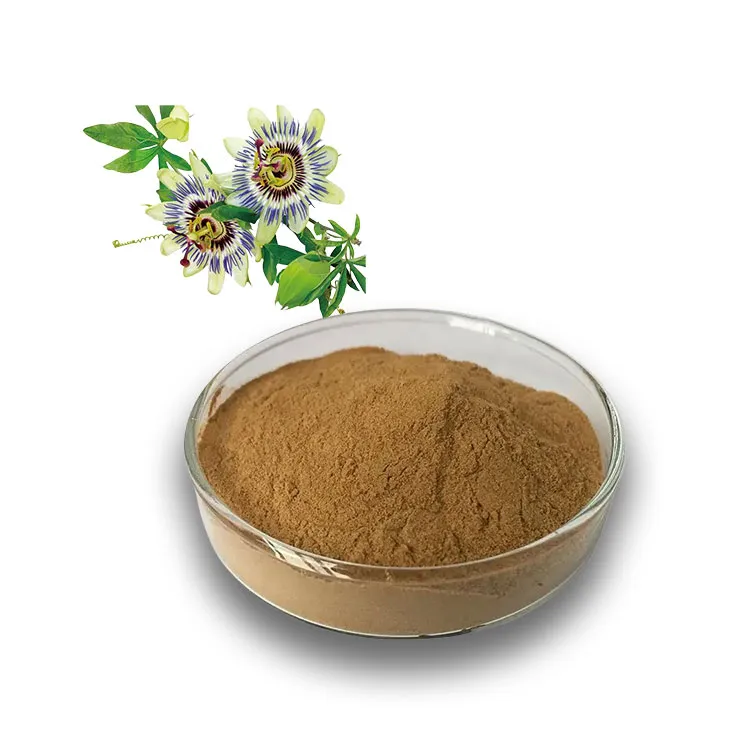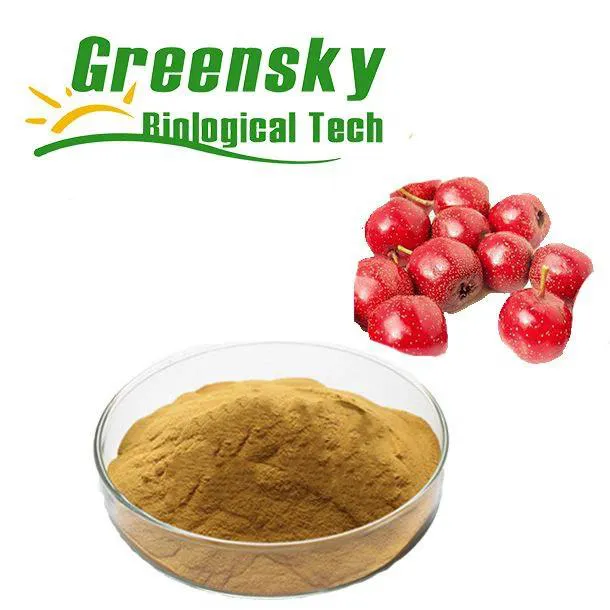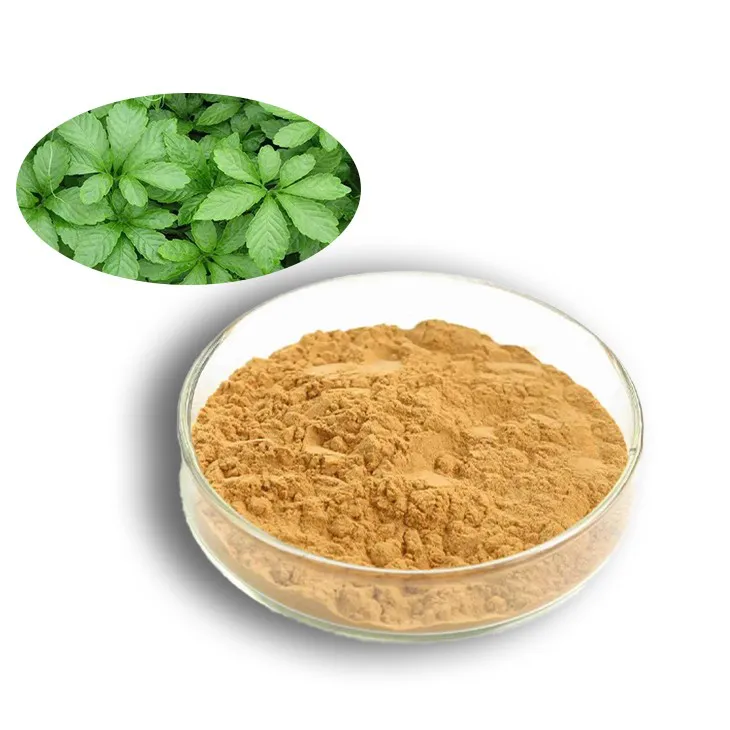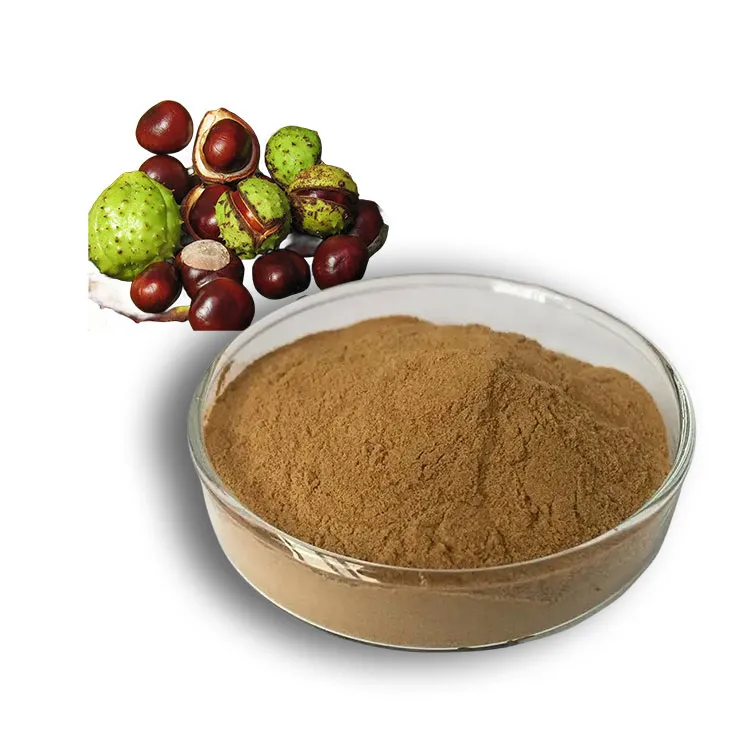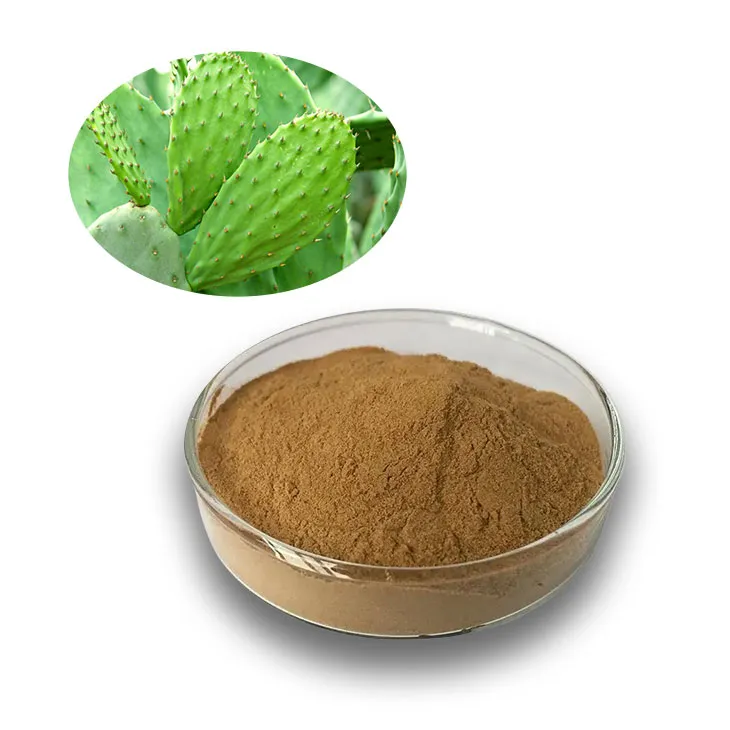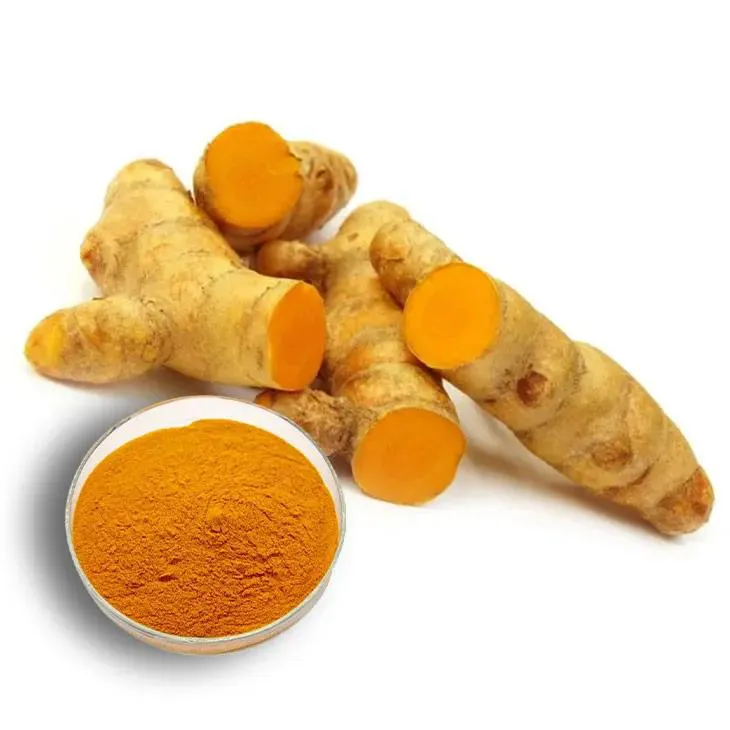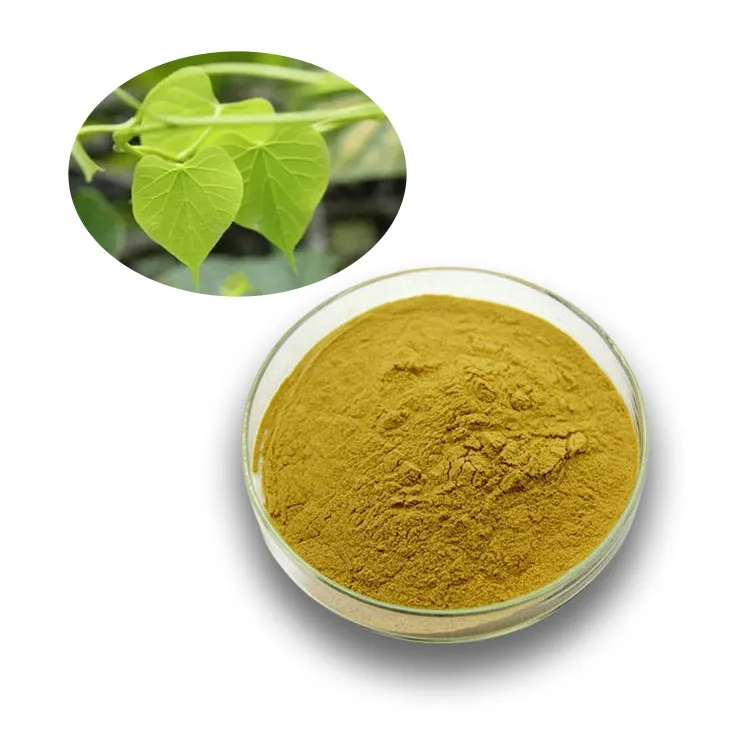- 0086-571-85302990
- sales@greenskybio.com
Incorporating Bromelain into Your Diet: Sources, Supplements, and Recommendations
2024-07-04
1. Introduction to Bromelain
Bromelain is a group of enzymes found in pineapples (Ananas comosus). It has been recognized for its potential health benefits and is becoming increasingly popular as a dietary addition. Bromelain is known for its proteolytic activity, which means it can break down proteins. This property makes it useful in various physiological processes within the body.
2. Sources of Bromelain
2.1. Fresh Pineapple
Fresh Pineapple as a Natural Source
The most natural and readily available source of bromelain is fresh pineapple. The enzyme is present in all parts
of the pineapple, but it is most concentrated in the stem. However, the fruit itself also contains a
significant amount of bromelain.
When consuming fresh pineapple, it is important to note that bromelain is sensitive to heat. Cooking or canning
the pineapple can significantly reduce the activity of bromelain. Therefore, for maximum bromelain intake, it
is best to consume fresh, raw pineapple.
2.2. Pineapple Juice
Pineapple Juice and Bromelain Content
Pineapple juice can also be a source of bromelain. However, most commercially available pineapple juices are
pasteurized. Pasteurization is a heat - treatment process that helps to preserve the juice but unfortunately
also reduces the activity of bromelain.
Some freshly squeezed, unpasteurized pineapple juices may retain a higher level of bromelain. But these are
often less widely available and have a shorter shelf - life compared to their pasteurized counterparts.
2.3. Bromelain Supplements
Types of Bromelain Supplements
Bromelain supplements are another option for those who want to ensure a consistent intake of the enzyme. These
supplements are available in various forms, such as tablets, capsules, and powders.
- Tablets: Bromelain tablets are convenient and easy to take. They are typically formulated with a specific
amount of bromelain per tablet, allowing for precise dosing.
- Capsules: Capsules are another popular form. They often contain a powdered form of bromelain, which may be
combined with other ingredients to enhance its stability or absorption.
- Powders: Bromelain powders can be mixed with water, juice, or other beverages. This form gives more
flexibility in terms of dosing, as users can adjust the amount according to their needs.
3. Health Benefits of Bromelain
3.1. Digestive Health
Role in Digestion
Bromelain can play a significant role in digestive health. Its proteolytic activity helps break down proteins in
the diet, making them easier to digest. This can be particularly beneficial for people with digestive issues
such as indigestion or bloating.
By improving protein digestion, bromelain may also enhance the absorption of amino acids, which are the building
blocks of proteins. This can contribute to overall better nutrition and health.
3.2. Anti - Inflammatory Effects
Reducing Inflammation
One of the most well - known benefits of bromelain is its anti - inflammatory properties. It has been shown to
inhibit the production of inflammatory mediators in the body.
This makes it potentially useful in treating conditions associated with inflammation, such as arthritis.
Studies have suggested that bromelain may help reduce joint pain and swelling in arthritis patients.
3.3. Immune System Support
Boosting the Immune System
Bromelain may also have a positive impact on the immune system. It can help modulate the immune response, making
it more effective in fighting off infections.
For example, it has been shown to enhance the activity of certain immune cells, such as macrophages, which play
a key role in the body's defense against pathogens.
4. Incorporating Bromelain into a Balanced Diet
4.1. Dietary Recommendations for Bromelain from Fresh Pineapple
Amount of Fresh Pineapple to Consume
If relying on fresh pineapple as the source of bromelain, a general recommendation is to consume about 1 - 2 cups
of fresh, raw pineapple per day. However, this amount can vary depending on individual factors such as body
weight, overall health, and specific health goals.
It is also important to balance the consumption of pineapple with other foods in the diet. Pineapple contains
natural sugars, so excessive consumption may lead to an increase in calorie intake.
4.2. Using Bromelain Supplements
Dosage and Precautions with Supplements
When using bromelain supplements, it is crucial to follow the recommended dosage. The typical dosage for
general health benefits may range from 500 - 1500 milligrams per day. However, for specific health conditions,
the dosage may need to be adjusted under the guidance of a healthcare professional.
Some people may experience side effects from bromelain supplements, such as stomach upset or allergic
reactions. It is advisable to start with a lower dose and gradually increase it to assess tolerance.
Also, bromelain may interact with certain medications, such as blood - thinning drugs. Therefore, it is
important to inform your doctor if you are taking any medications before starting bromelain supplements.
4.3. Combining Bromelain with Other Foods
Food Combinations for Optimal Absorption
Bromelain can be combined with other foods to enhance its effectiveness. For example, consuming bromelain - rich
pineapple with foods high in vitamin C, such as oranges or strawberries, may enhance its antioxidant and
anti - inflammatory effects.
Additionally, pairing bromelain with foods rich in healthy fats, like avocados or nuts, may improve its
absorption. The fats can help in the solubilization of bromelain, making it more available for absorption in the
digestive tract.
5. Precautions and Considerations
5.1. Allergic Reactions
Risk of Allergic Reactions to Bromelain
Some individuals may be allergic to bromelain. Allergic reactions can range from mild symptoms such as skin
rashes or itching to more severe reactions like difficulty breathing or anaphylaxis.
People with known allergies to pineapples are at a higher risk of having an allergic reaction to bromelain. If
you have a history of allergic reactions to pineapples or other fruits, it is important to exercise caution when
considering bromelain supplementation or increasing pineapple consumption.
5.2. Interaction with Medications
Medications that May Interact with Bromelain
As mentioned earlier, bromelain may interact with certain medications. In addition to blood - thinning drugs,
it may also interact with antibiotics and anti - platelet medications.
These interactions can affect the effectiveness of the medications or increase the risk of side effects.
Therefore, it is essential to consult a healthcare provider before starting bromelain supplementation if you are
taking any medications.
5.3. Pregnancy and Breastfeeding
Safety during Pregnancy and Breastfeeding
There is limited research on the safety of bromelain during pregnancy and breastfeeding. While some studies
suggest that bromelain may have potential benefits during pregnancy, such as reducing inflammation, more
research is needed to determine its overall safety.
Due to the lack of conclusive evidence, it is advisable for pregnant and breastfeeding women to consult their
healthcare providers before using bromelain supplements or significantly increasing their pineapple
consumption.
6. Conclusion
Bromelain can be a valuable addition to a balanced diet, offering potential benefits for digestive health, inflammation reduction, and immune system support. Whether obtained from fresh pineapple or through supplements, it is important to be aware of the proper sources, dosages, and potential precautions. By incorporating bromelain into your diet in a safe and informed manner, you can potentially enhance your overall well - being.
FAQ:
What are the natural sources of bromelain?
Pineapple is the main natural source of bromelain. The enzyme is present in the stem and fruit of the pineapple. The stem contains a higher concentration of bromelain compared to the fruit. However, when consuming pineapple as a source of bromelain, it's important to note that cooking or canning the pineapple may reduce the enzyme's activity as bromelain is sensitive to heat.
Are there any side effects of taking bromelain supplements?
Some people may experience side effects when taking bromelain supplements. These can include digestive issues such as diarrhea, stomach cramps, and nausea. There is also a risk of allergic reactions, especially in those who are allergic to pineapples or other related plants. Additionally, bromelain may interact with certain medications, so it's important to consult a healthcare provider before starting bromelain supplementation if you are taking other drugs.
How much bromelain should one consume daily?
The recommended daily intake of bromelain can vary depending on the purpose of consumption. For general health support, a typical dose might range from 500 - 1000 milligrams per day. However, for specific therapeutic uses, such as reducing inflammation or aiding in digestion, higher doses may be prescribed by a healthcare professional. It's important not to exceed the recommended dose without medical supervision as excessive intake could lead to adverse effects.
Can bromelain supplements replace fresh pineapple as a source?
Bromelain supplements can be a convenient alternative to fresh pineapple when a more concentrated and consistent dose of the enzyme is desired. However, fresh pineapple also provides other nutrients like vitamins, minerals, and fiber that are not present in the supplement form. So, while supplements can supply bromelain, they do not offer the complete nutritional profile of the whole fruit. If possible, incorporating both fresh pineapple and, if needed, supplements in moderation can be a good approach to ensure a balanced intake of bromelain and other beneficial components.
How should bromelain supplements be stored?
Bromelain supplements should be stored according to the manufacturer's instructions. In general, they should be kept in a cool, dry place, away from direct sunlight. Some supplements may require refrigeration to maintain their potency. It's important to check the label for any specific storage requirements to ensure the stability and effectiveness of the bromelain in the supplement.
Related literature
- The Health Benefits of Bromelain: A Review"
- "Bromelain in Diet and Medicine: Sources, Properties and Applications"
- "Optimizing Bromelain Intake for Wellness: Dietary Considerations"
- ▶ Hesperidin
- ▶ Citrus Bioflavonoids
- ▶ Plant Extract
- ▶ lycopene
- ▶ Diosmin
- ▶ Grape seed extract
- ▶ Sea buckthorn Juice Powder
- ▶ Fruit Juice Powder
- ▶ Hops Extract
- ▶ Artichoke Extract
- ▶ Mushroom extract
- ▶ Astaxanthin
- ▶ Green Tea Extract
- ▶ Curcumin
- ▶ Horse Chestnut Extract
- ▶ Other Product
- ▶ Boswellia Serrata Extract
- ▶ Resveratrol
- ▶ Marigold Extract
- ▶ Grape Leaf Extract
- ▶ New Product
- ▶ Aminolevulinic acid
- ▶ Cranberry Extract
- ▶ Red Yeast Rice
- ▶ Red Wine Extract
-
Hericium erinaceus extract powder
2024-07-04
-
Hesperidin
2024-07-04
-
Lemon Juice Powder
2024-07-04
-
Passionflower Extract
2024-07-04
-
Hawthorn Extract
2024-07-04
-
Gynostemma pentaphyllum extract
2024-07-04
-
Horse Chestnut Extract
2024-07-04
-
Cactus Extract
2024-07-04
-
Curcumin Extract
2024-07-04
-
Tinospora cordifolia extract
2024-07-04











